



FMDX EQUIPMENTS
FMDX as a pastime is relatively new to me. Actually, I began to DX the FM band more “seriously” during the Summer of 2016, since acquiring the SDRPlay (see this site dedicated page). In the past, I could experience occasional FMDX on the car radio for example but this was nothing compared to SDR technology where a portion of the band can be recorded for later review. Moreover, many capable SDRs can be found nowadays at a very reasonable price. Be careful however concerning the choice of a computer because recording a 10 MHz chunk takes a good amount of computing power and this has to be considered seriously in the planning of a SDR acquisition.
FM propagation compared to MW can be quite unpredictable, with the exception maybe of Tropospheric Ducting (Wikipedia) whose events are closely tied with certain weather conditions. During good “Tropo” conditions, signals can travel up to 800Km. But the most thrilling events come without contest from E-
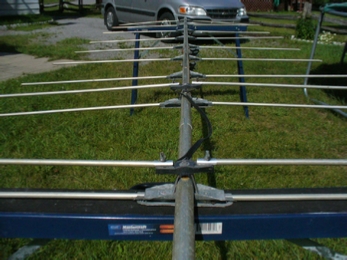
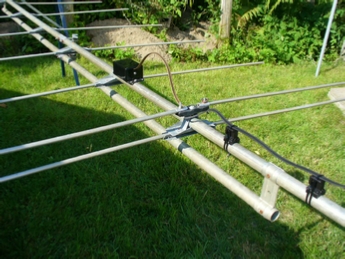
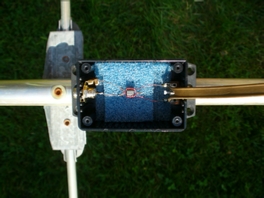
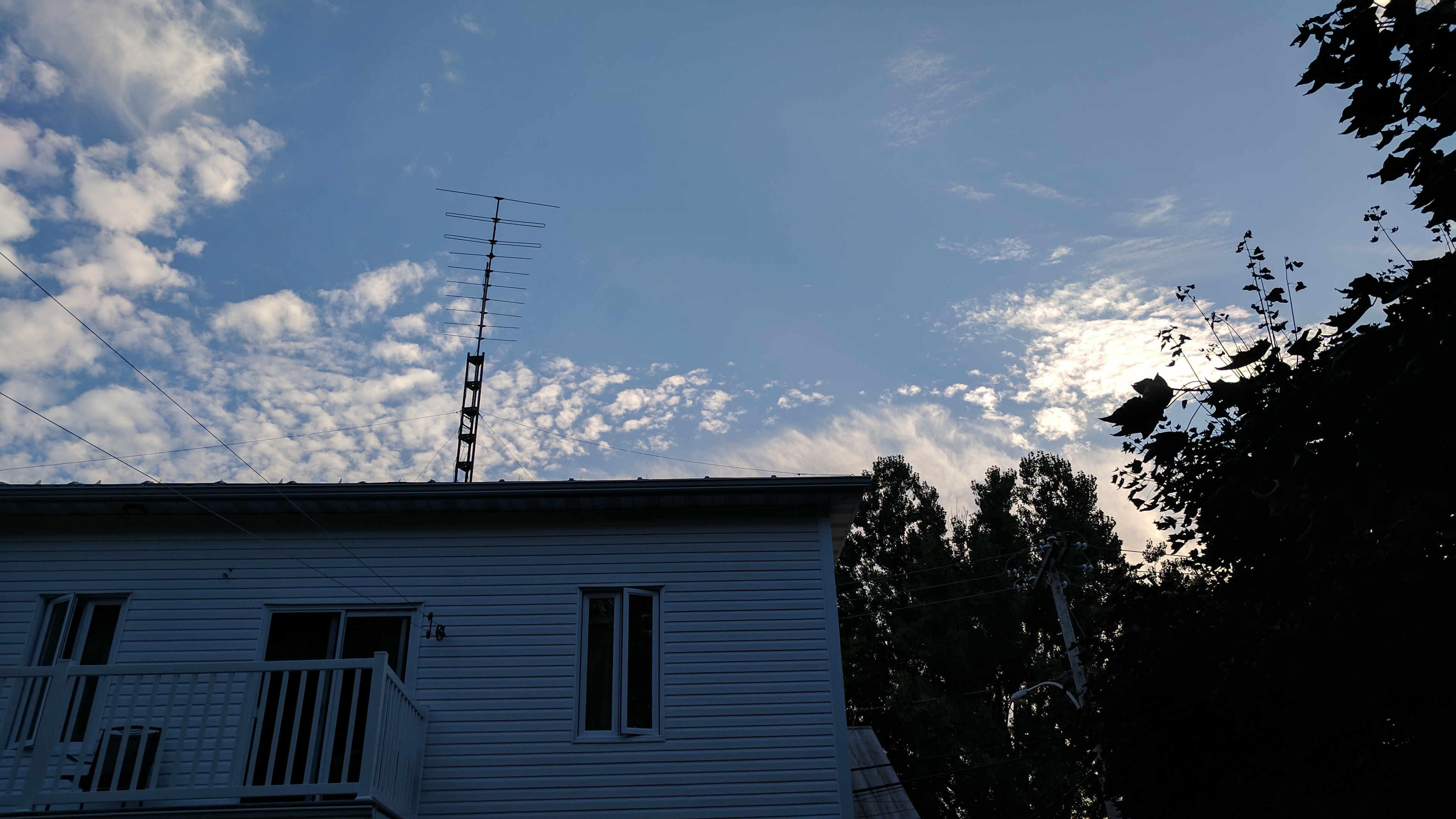
As for my own experience, if I’m not taking in account scarce E-
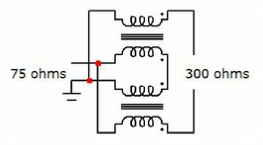
Regarding the matching transformer, I wanted something that has good performance and obviously, I couldn’t trust those cheap commercial models. Therefore, I turned (again) to my friend Jürgen Bartels, who’s himself a very active FM-
A view of my antenna sitting on our house rooftop tower @ 12m / 40ft looking towards Eastern US
Page edited in July 2020

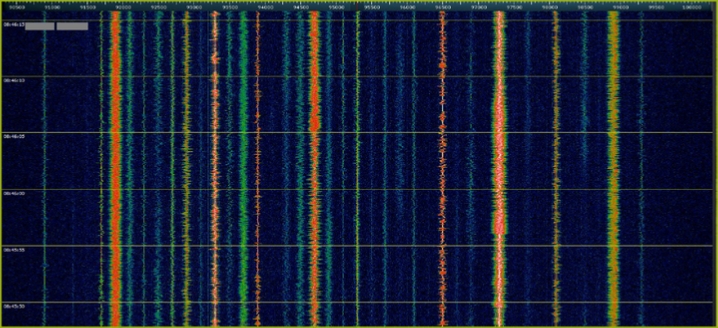
A portion of the FM band on a regular July morning, there centered at 95.3 on a 10 MHz bandwidth spectrum from SDRUno, the native software of SDRPlay
| Receiving Station Setup |
| Receivers |
| Antennas |
| Line / Antenna switchers |
| Lightning protection |
| Others |
| Conventional receivers |
| Microtelecom Perseus |
| SDRPlay |
| Beverages |
| K9AY |
| PA0RDT Mini-Whip |
| Miscellaneous |
| Asian audio files |
| African audio files |
| European audio files |
| Middle-East audio files |
| Latin American-Caribbean audio files |
| 2015 St-Patrick' solar storm audio files |
| DX Curiosities |
| August 2007 bandscan |
| August 2014 bandscan |
| FMDX equipments |
| FM logs 2017-2018 |
| FM logs 2020 |
| FM logs 2021 |
| FM logs 2022 |
| FM logs 2023 |